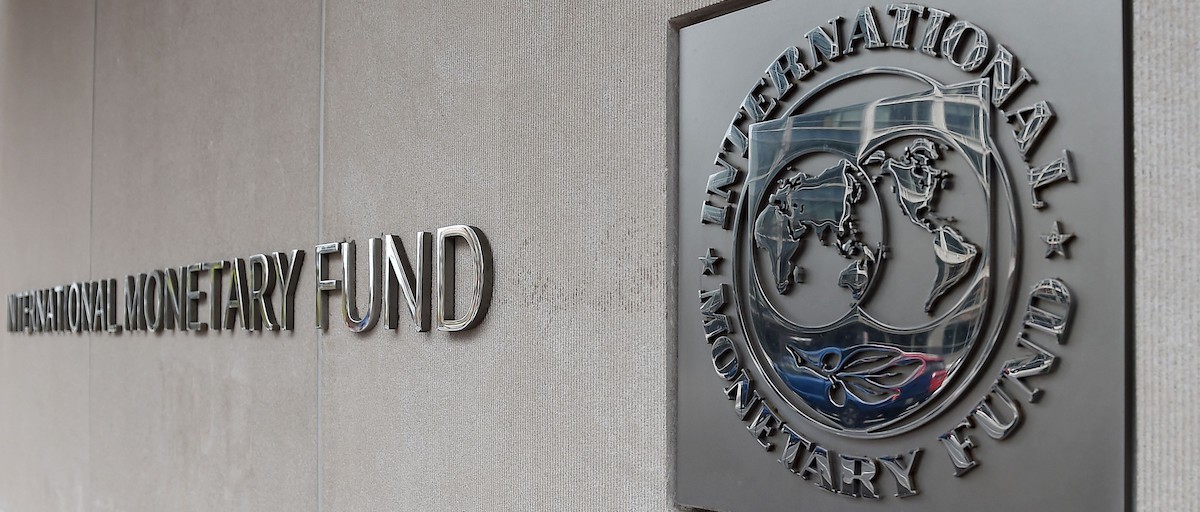Zim draws-down US$857 million in SDRs
Zimbabwe has drawdown US$857 million in Special Drawing Rights (SDR) from the International Monetary Fund (IMF), according to a schedule released by the Treasury.
The money was part of the US$650 billion the IMF distributed to its members to provide additional liquidity for the global economy, supplementing member countries’ foreign exchange reserves and reducing their reliance on more expensive debt.
SDRs are reserve assets issued by the IMF, backed by dollars, euros, yen, sterling, and yuan.
In total, Zimbabwe received the equivalent of US$961 million.
“Zimbabwe has in 2021, 2022 and 2023, Government under the Special Drawing Rights (SDRs) utilisation plan, made six drawdowns, amounting to US$857 million, the Treasury said.
The first drawdown was made on September 21, 2021, while the last was in February this year.
The funds were used to support, social sectors, infrastructure, agriculture, industry, and gold production.
On August 23, 2021 the IMF undertook a general allocation of SDR 456 billion to all its 190 members.
These SDRs had a monetary value of US$650 billion.
The SDRs is an international reserve asset that was created by the IMF in 1969 to supplement the reserve assets of its members.
It is an artificial currency in which IMF members can exchange freely for a basket of real international currencies which comprise the US dollar, the British pound, the euro, the Japanese yen, and China’s renminbi. SDR exchange rate is set daily by the IMF.
Meanwhile, the Government has revised projected economic growth from 3,8 percent to 5,3 percent, on the back of better than anticipated agriculture season, following the normal to above normal rainfall, the muted risk of lower electricity supply due to the successful commissioning of Hwange Power Station Units 7 & 8 and favourable mineral prices.
Despite these positive growth developments, inflation remains a challenge, the Government said. Having experienced sustained disinflation since July 2022, inflationary pressures, however, picked up in April 2023, with month-on-month inflation rising to 2.4 percent and to 15.7 percent in May 2023. This was mainly driven by the rapid parallel exchange rate depreciation.
This saw the Government putting in place a cocktail of measures to tame inflation.
The measures included raising domestic foreign currency sales to 100 percent, transferring to the Treasury all foreign currency-denominated loans contracted by the Reserve Bank of Zimbabwe (RBZ), transferring to the Treasury the funding of the Zimbabwean Dollar component of the 25 percent foreign currency surrendered by exporters and the introduction of 1 percent tax on all foreign currency payme-ebusinessweekly










